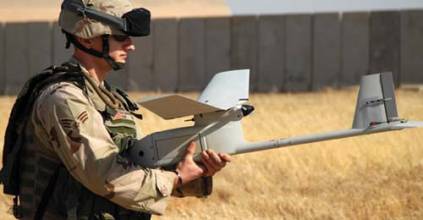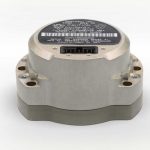Once we tried to Google “UAV” and got more than two million citations on the Internet.
Try to find the definition of unmanned aerial vehicle (UAV) and you’ll uncover a welter of choices in the literature. So, let’s just say that a UAV is an aerial vehicle capable of sustained flight without the need for a human operator onboard.
Once we tried to Google “UAV” and got more than two million citations on the Internet.
Try to find the definition of unmanned aerial vehicle (UAV) and you’ll uncover a welter of choices in the literature. So, let’s just say that a UAV is an aerial vehicle capable of sustained flight without the need for a human operator onboard.
Although unmanned aerial vehicles (UAVs) are mostly used in military applications nowadays, the UAVs can also perform such scientific, public safety, and commercial tasks as data and image acquisition of disaster areas, map building, communication relays, search and rescue, traffic surveillance, and so on.
A UAV can be remotely controlled, semi-autonomous, autonomous, or a combination of these, capable of performing as many tasks as you can imagine, including saving your life. Nowadays, UAVs perform a variety of tasks in both military and civil/commercial markets. Indeed, many different types of UAVs exist with different capabilities responding to different user needs.
The purpose of this column is to give the reader an overview of the large number of existing UAV systems and R&D projects as well as the practical challenges facing UAV designers and applications.
. . .
Conclusions
A surprising and seemingly vast number of different types of UAVs exist in the literature, with different capabilities responding to different user needs. We have reviewed the four main categories: MAV/Mini UAVs; Tactical UAVs; Strategic and special task UAVS. MAV/mini UAVs represent the smallest class of UAVs and are mostly used for civil applications. Strategic UAVs are the largest and mostly used in military applications. Although the tactical and strategic UAVs are the more used, in the meantime MAVs and Mini UAVs will become more practical and prevalent.
Different kinds of UAV platforms have different mission and applications. For instance, most research institute prefers rotary wing UAVs with vertical take off and landing capacities as test platforms for demonstrating their research subjects. International competitions such as the Aerial Robotic competition organized by AUVSI are very important, not only as a good way to promote and share research results but also to understand what is going on in the field of UAVs.
As we said before, it is unreasonable to know all the ins and outs of UAVs. That is why one can say: Once we tried to “Google” UAV, we are still Googling UAV,” and . . . we haven’t found the end yet!
(For the rest of this story, please download the complete article using the PDF link above.)





